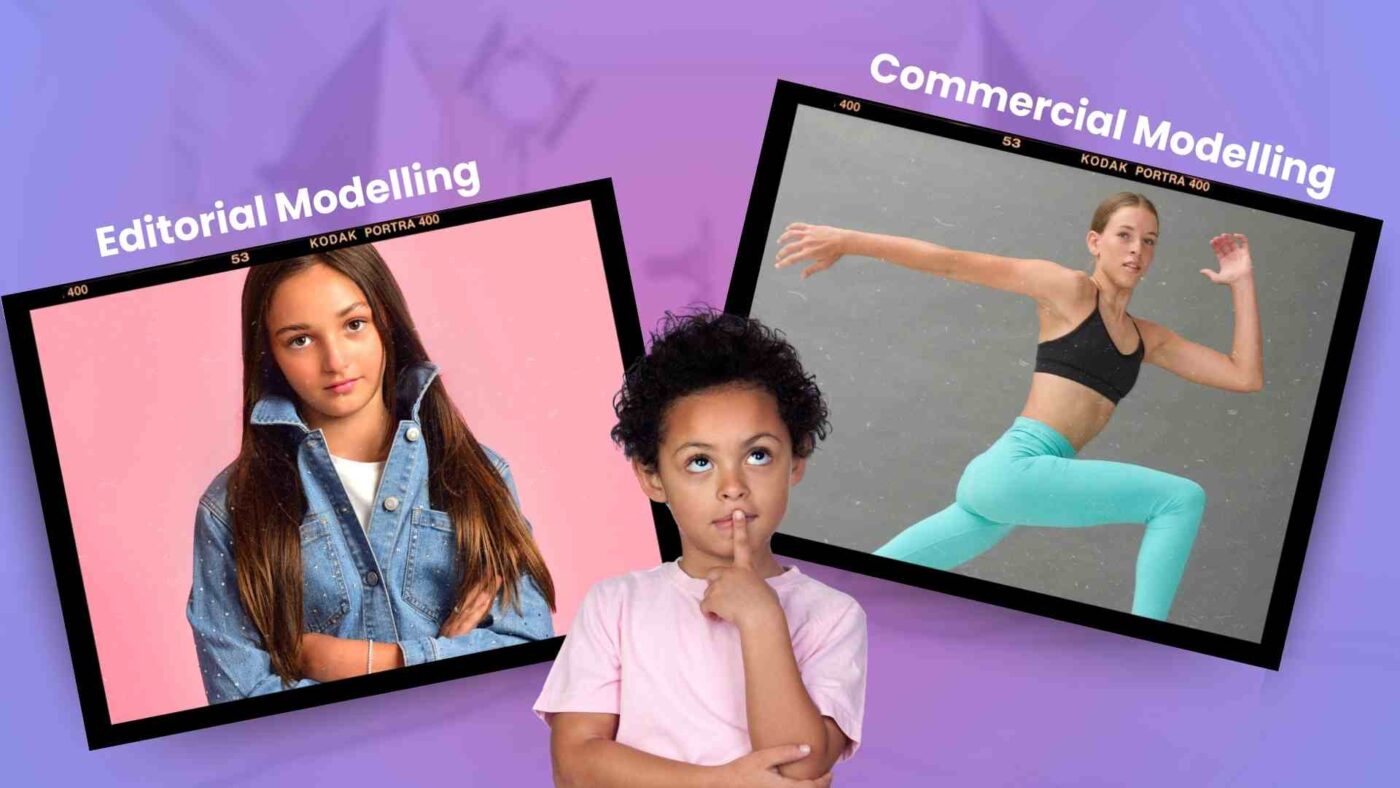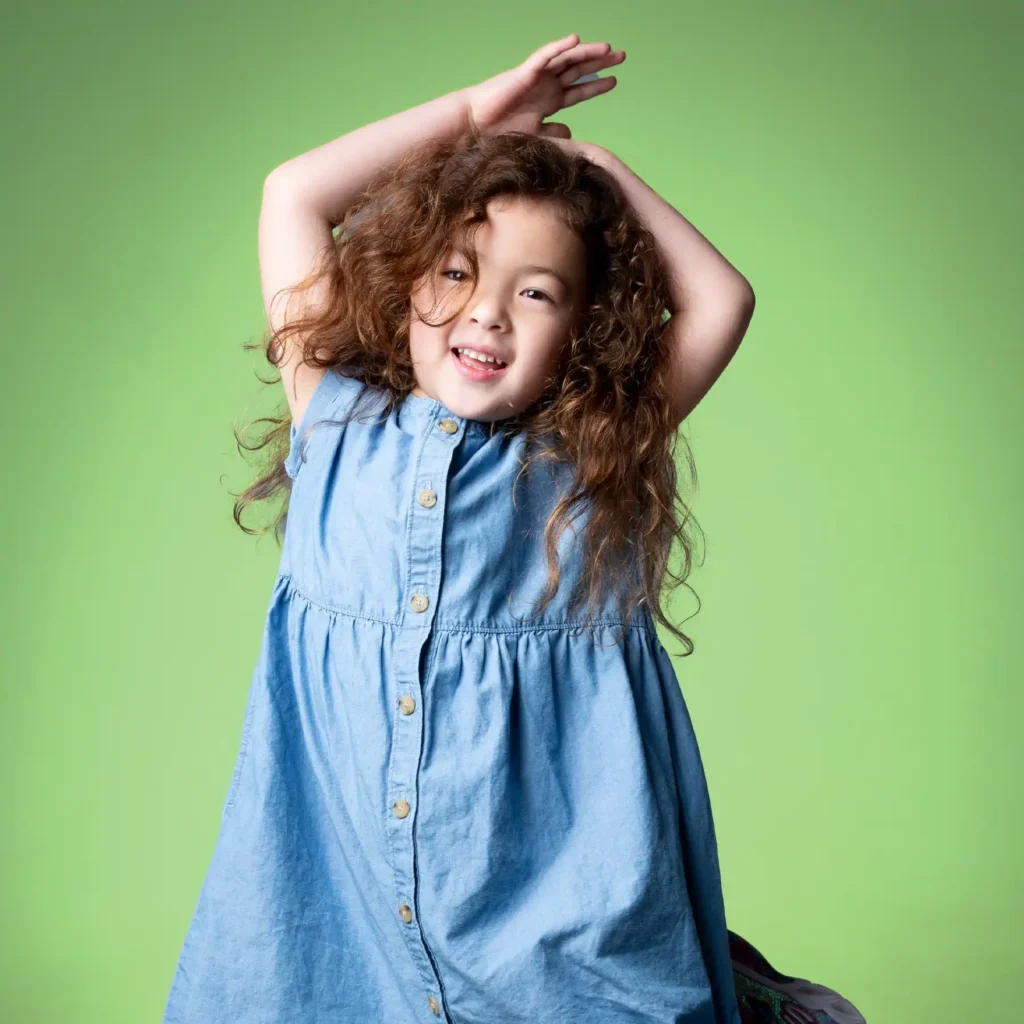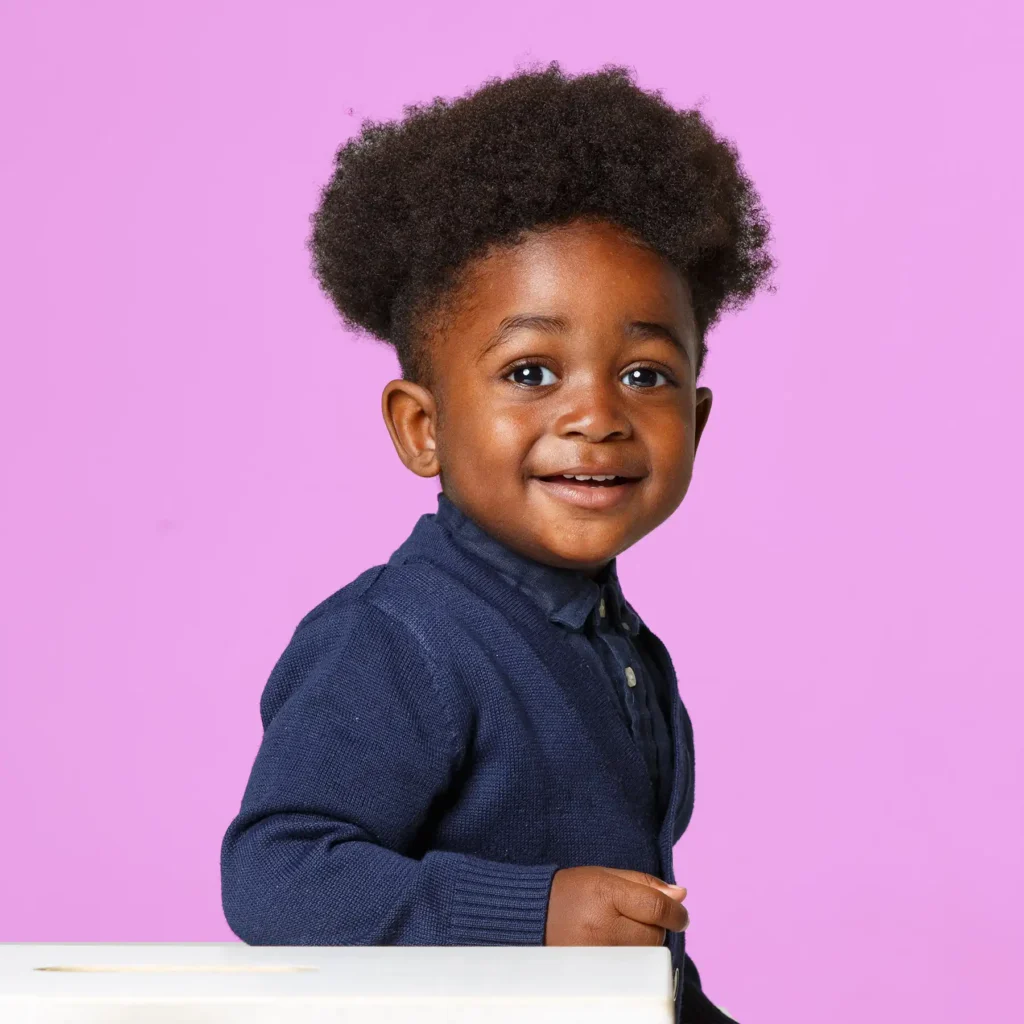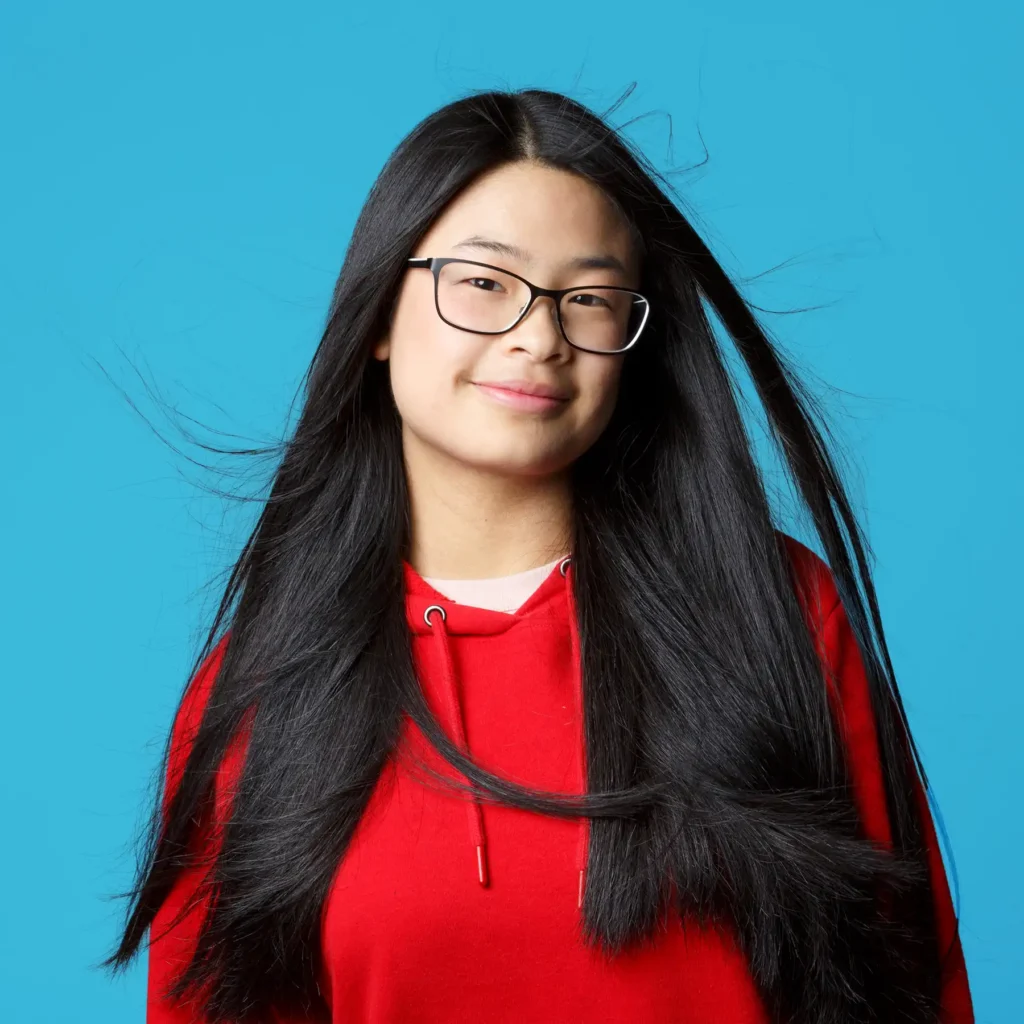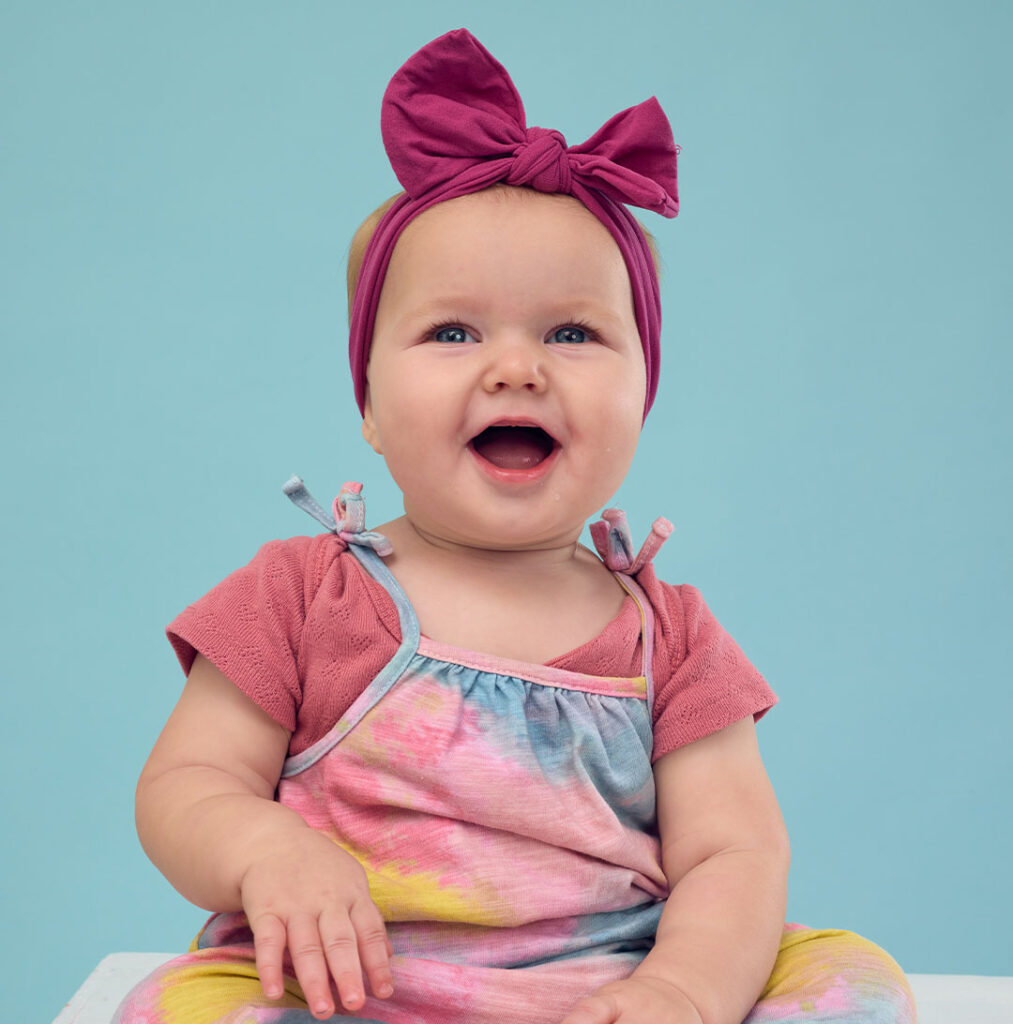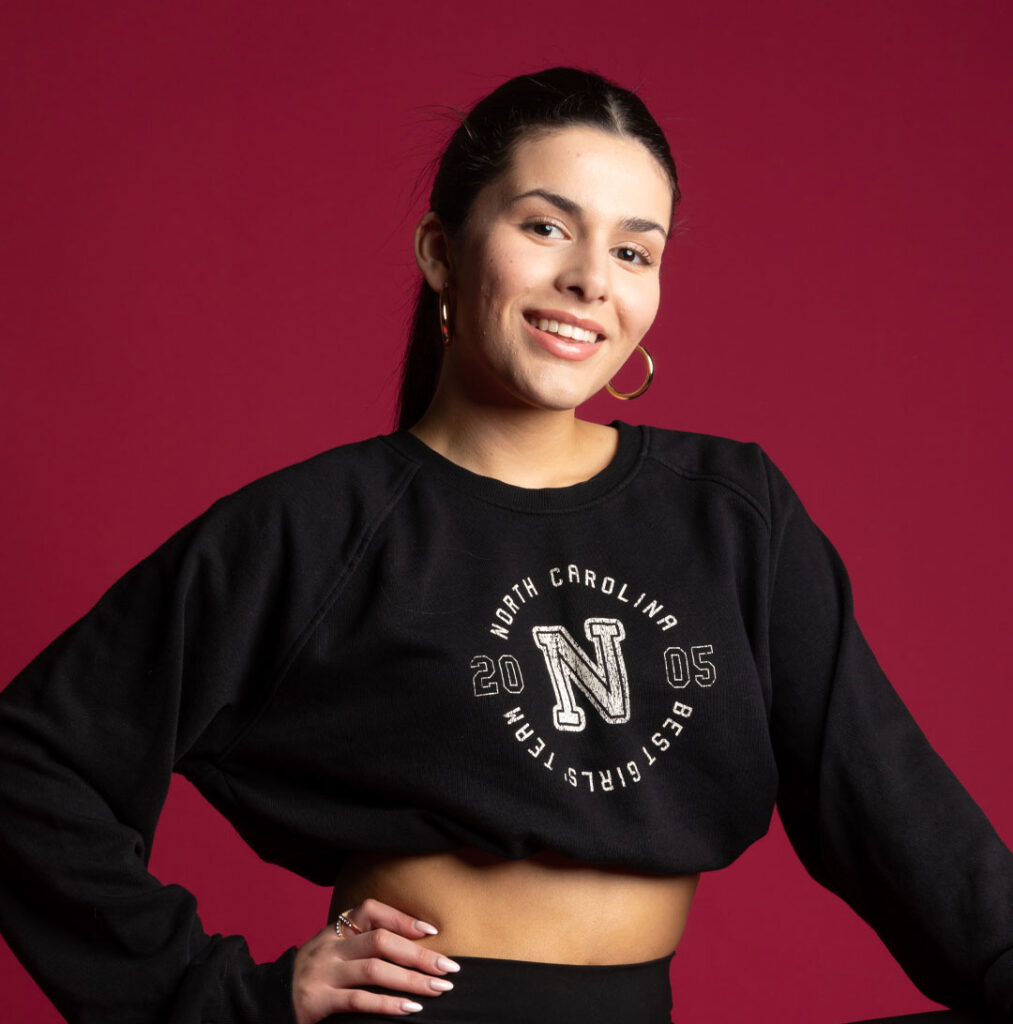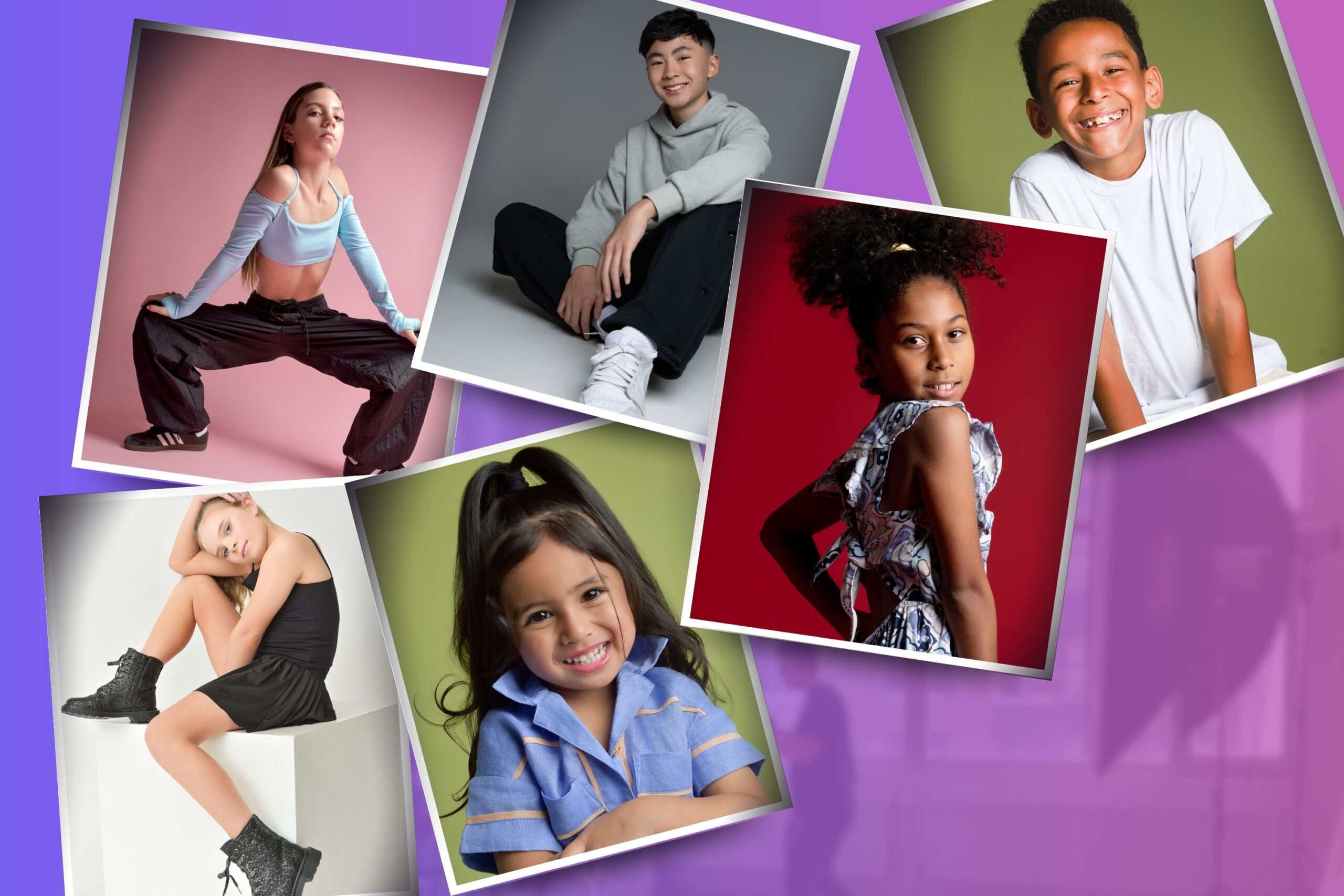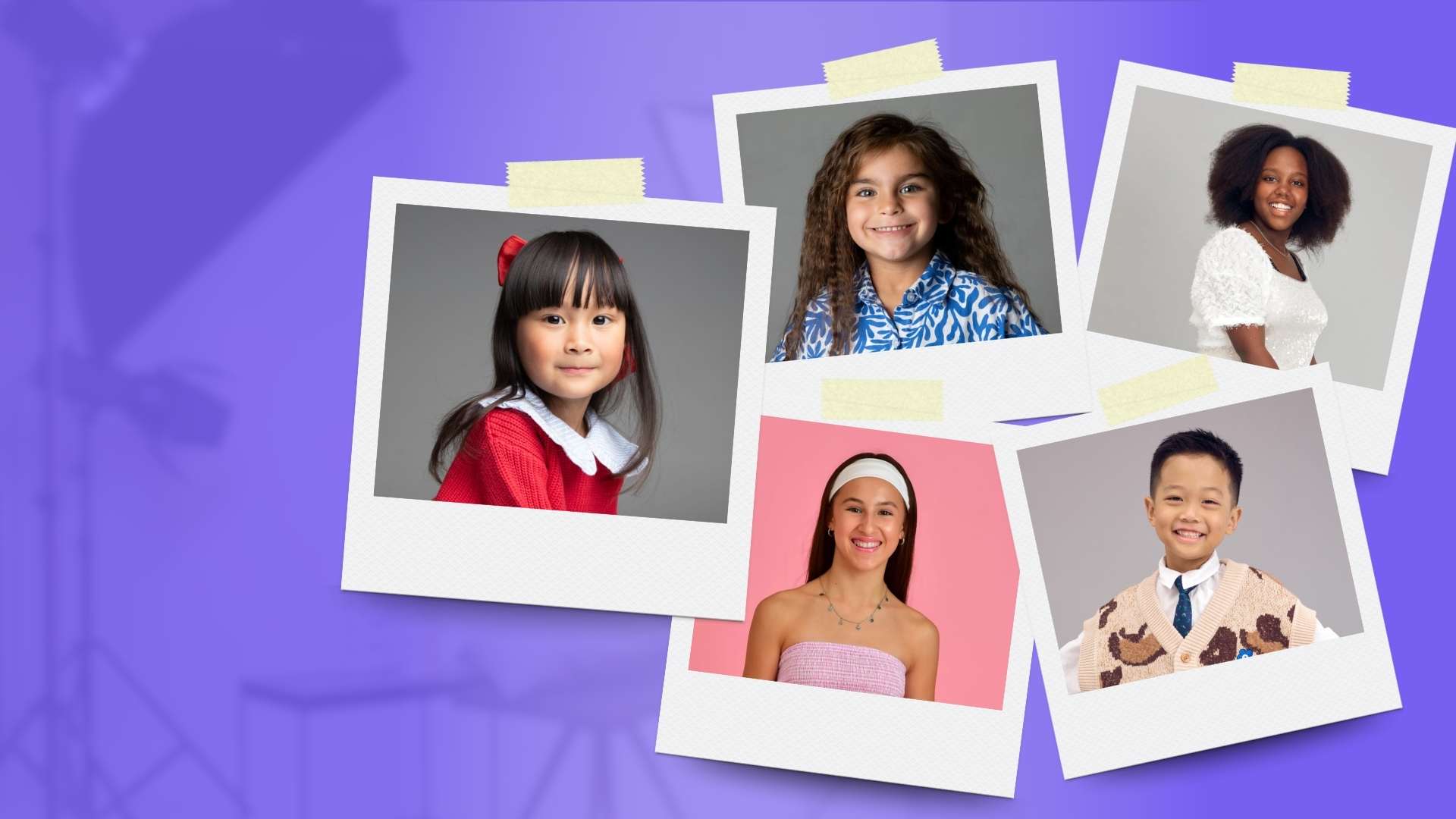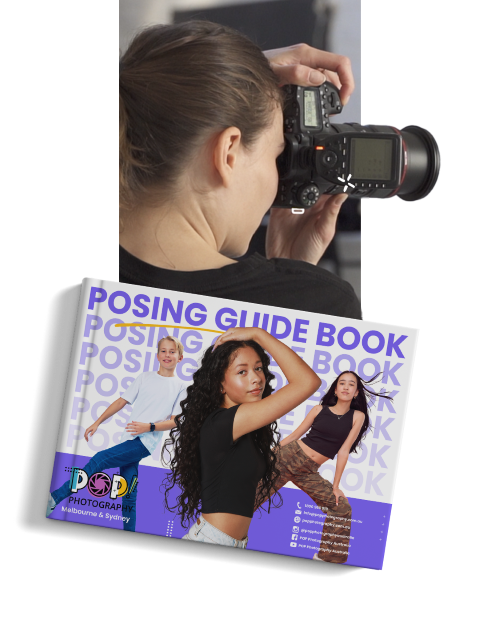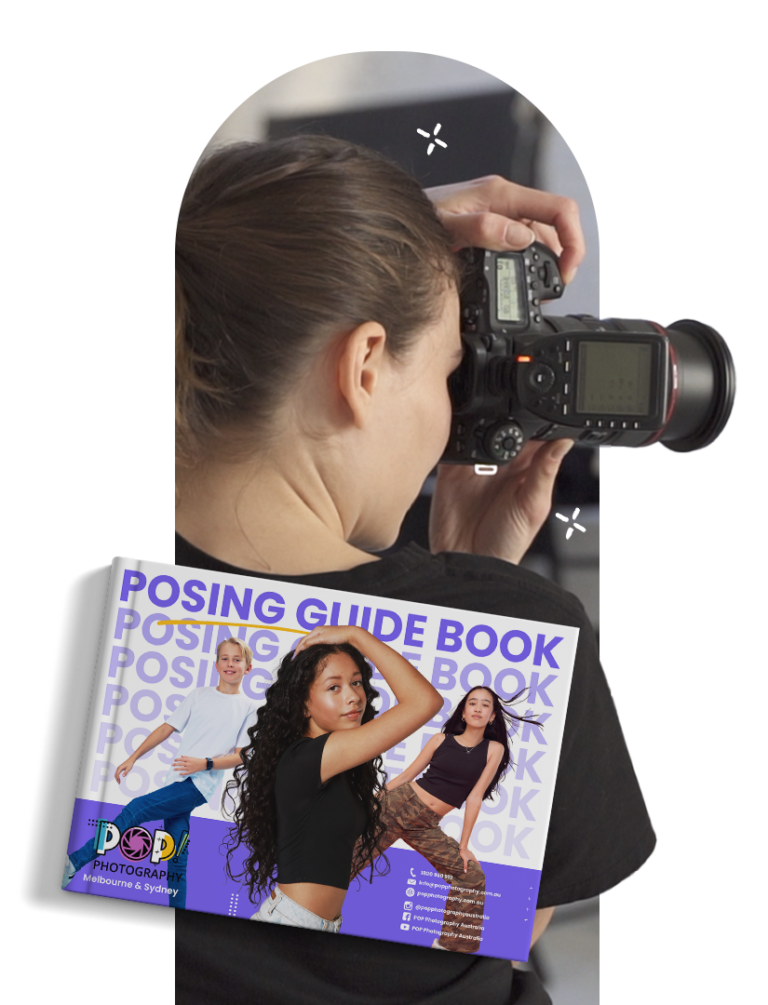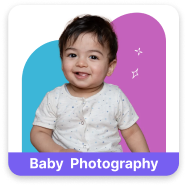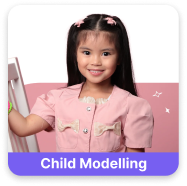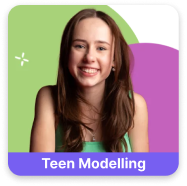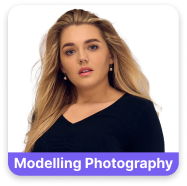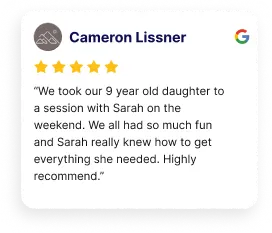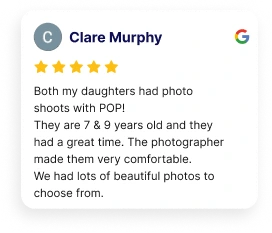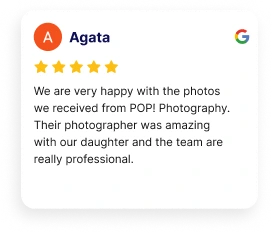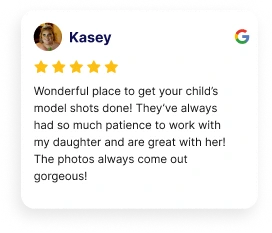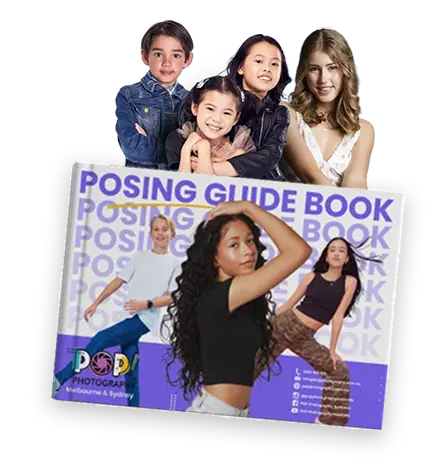If you’re new to modelling—or even if you’ve been in the game for a while—you might find yourself wondering: Do I need an editorial or commercial modelling portfolio? Or both?
Understanding the difference between these two career paths can help you craft a powerful, relevant portfolio that gets you noticed by the right people. In this article, we’ll break down the differences and help you decide what’s best for your modelling journey.
Understanding the Two Worlds of Modelling
In the modelling industry, the divide between editorial and commercial modelling isn’t just about style—it’s about who you’re selling to and what the visual goal is.
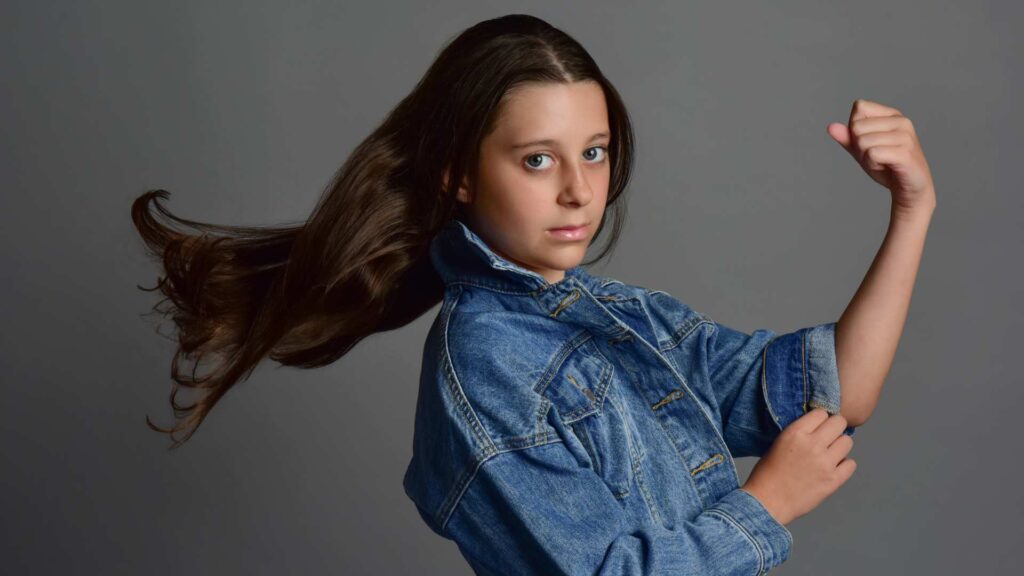
Editorial modelling
focuses on storytelling, fashion, and art. Think high-fashion magazines and dramatic, moody photos.
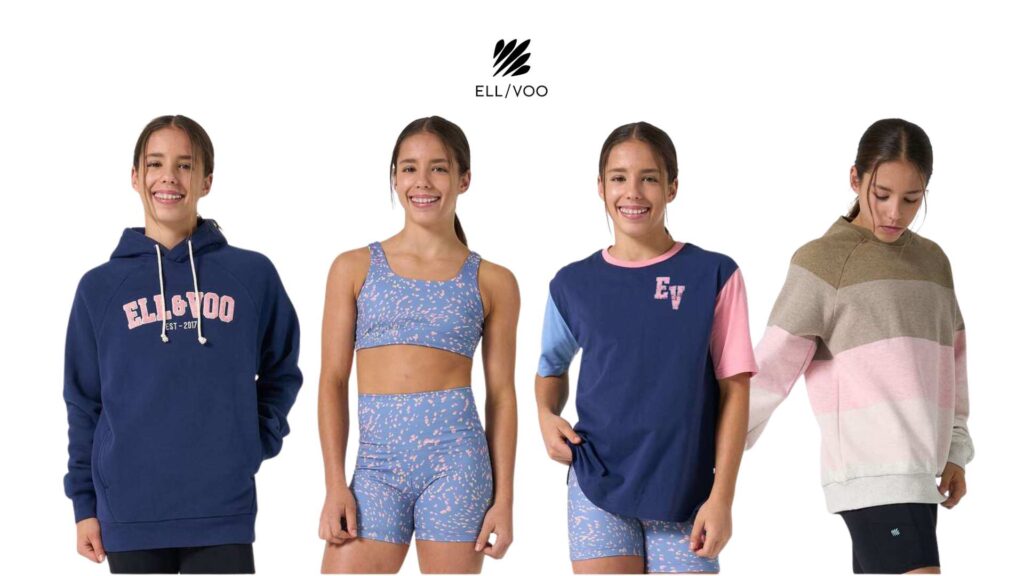
Commercial modelling
is about relatability and selling products. Think catalogues, brand ads, and lifestyle imagery.
Each type requires a unique set of portfolio images and personal presentation.
Editorial Modelling Explained
Editorial modelling is the world of Vogue spreads, avant-garde fashion shoots, and runway shows. It’s often creative, edgy, and bold.
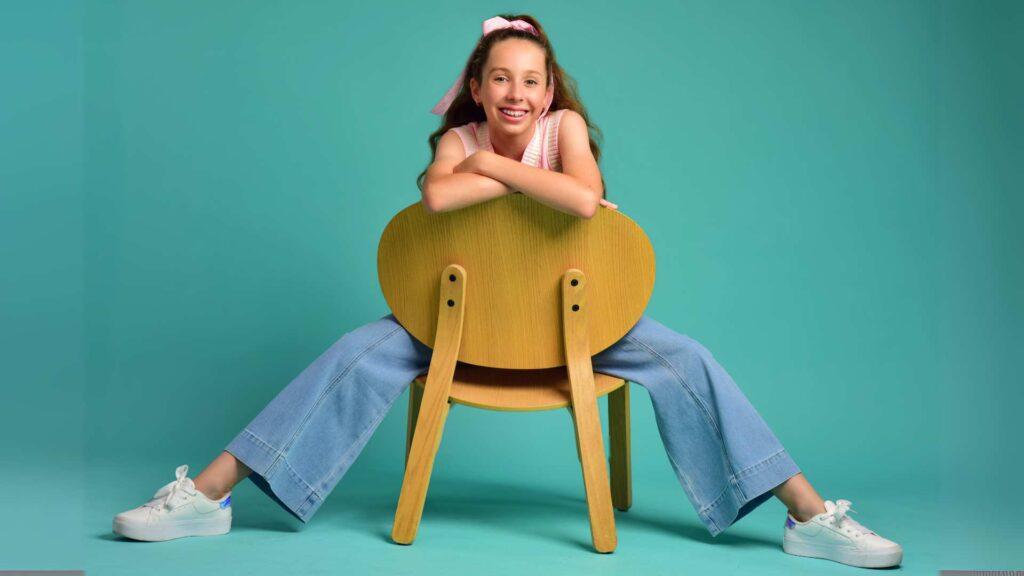
Key Traits:
- Strong bone structure, unique features.
- Ability to convey mood and emotion.
- Comfort with high-concept styling.
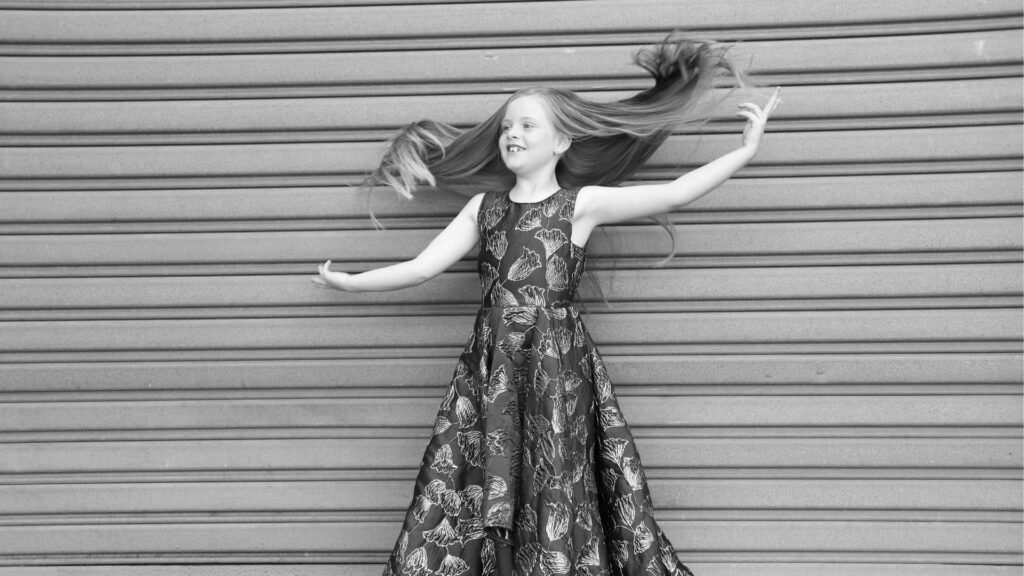
Typical Editorial Portfolio Shots:
- High fashion clothing.
- Black-and-white or moody lighting.
- Close-ups with dramatic makeup.
- Full-length poses with intense expression.
It’s less about being “pretty” and more about being memorable.
Commercial Modelling Explained
Commercial models appear in TV ads, websites, catalogues, and product packaging. The goal here is to connect with the average consumer.
Key Traits:
- Friendly, relatable appearance.
- Expressive and natural poses.a
- Versatility to represent various brands
Typical Commercial Portfolio Shots:
- Smiling headshots.
- Family-style group photos.
- Product or lifestyle interaction (e.g., holding coffee, using a device).
- Wardrobe: casual, everyday clothing.
This style is about looking like someone the audience already knows.
What Agencies and Brands Look for in Each Type
Editorial agencies want edgy and artistic, while commercial agencies want approachable and authentic.
Agency Type
What They Look For
Editorial Agencies
Bold features, high cheekbones, fashion-forward looks
Commercial Agencies
Expressive smiles, lifestyle versatility, and natural charm
Understanding this difference will shape not only your portfolio but also the types of clients you target.
Portfolio Essentials for Editorial Modelling
When building an editorial portfolio, aim to include:
- 2–3 dramatic beauty shots.
- 2 full-body high-fashion poses.
- 1 or 2 creative/artistic concepts.
- Minimal distractions—let your features and outfits shine.
Focus on styling that reflects the fashion world and a range of editorial expressions, not just one “look.”
Portfolio Essentials for Commercial Modelling
A strong commercial modelling portfolio should include:
- Friendly, smiling headshots.
- Lifestyle shots in relatable settings (kitchen, park, office).
- Product use examples (e.g., holding a drink, shopping).
- Poses that highlight approachability and warmth.
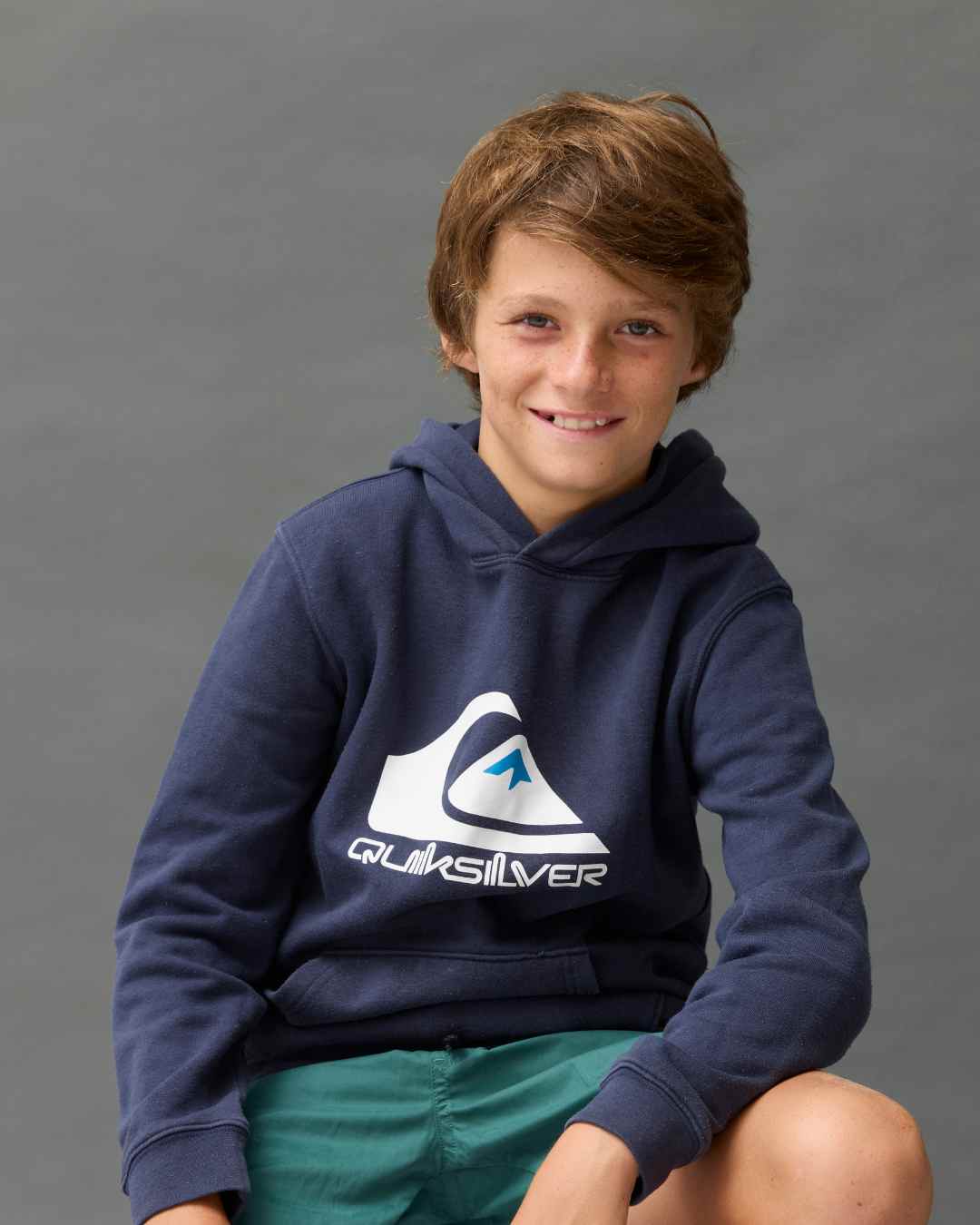
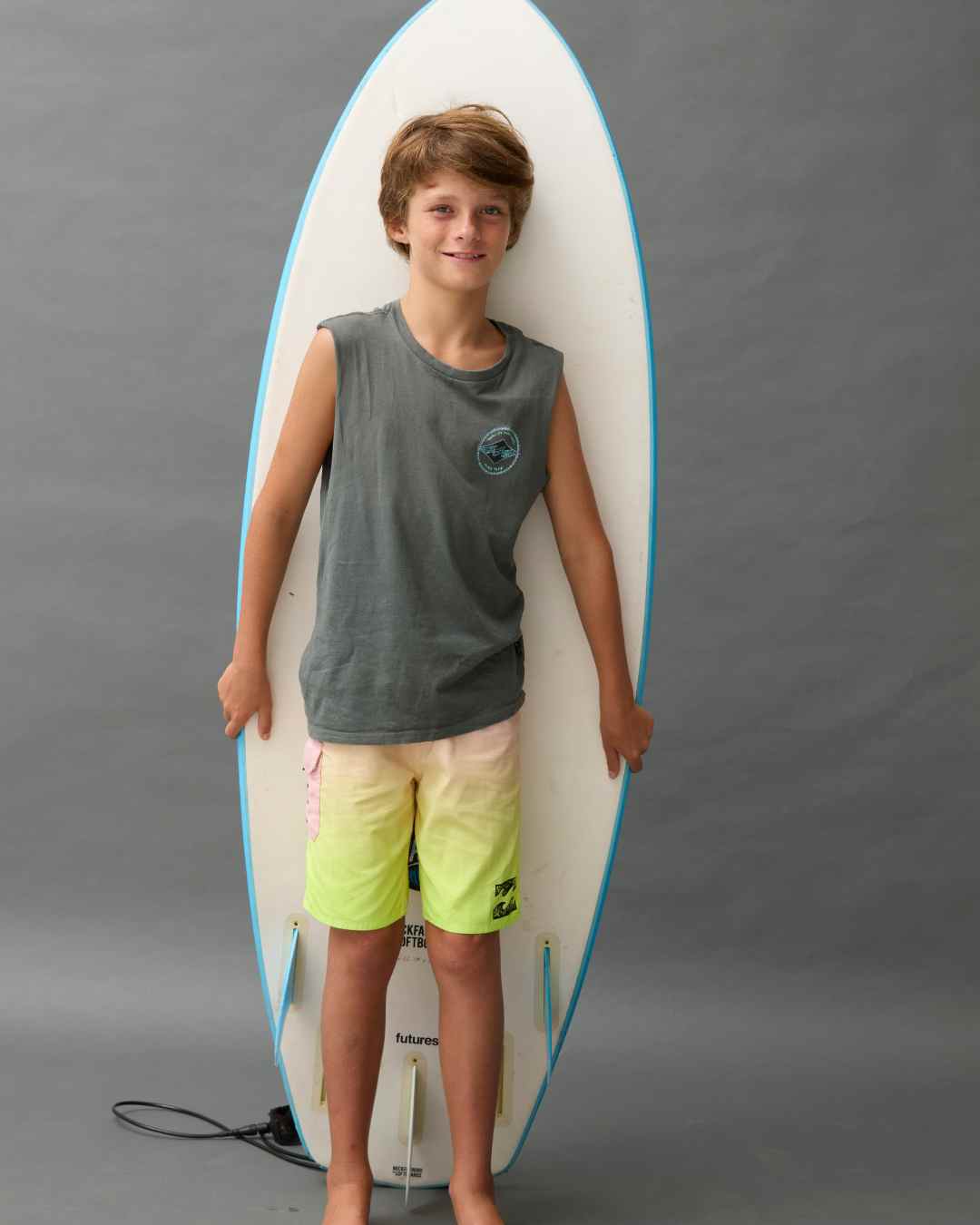
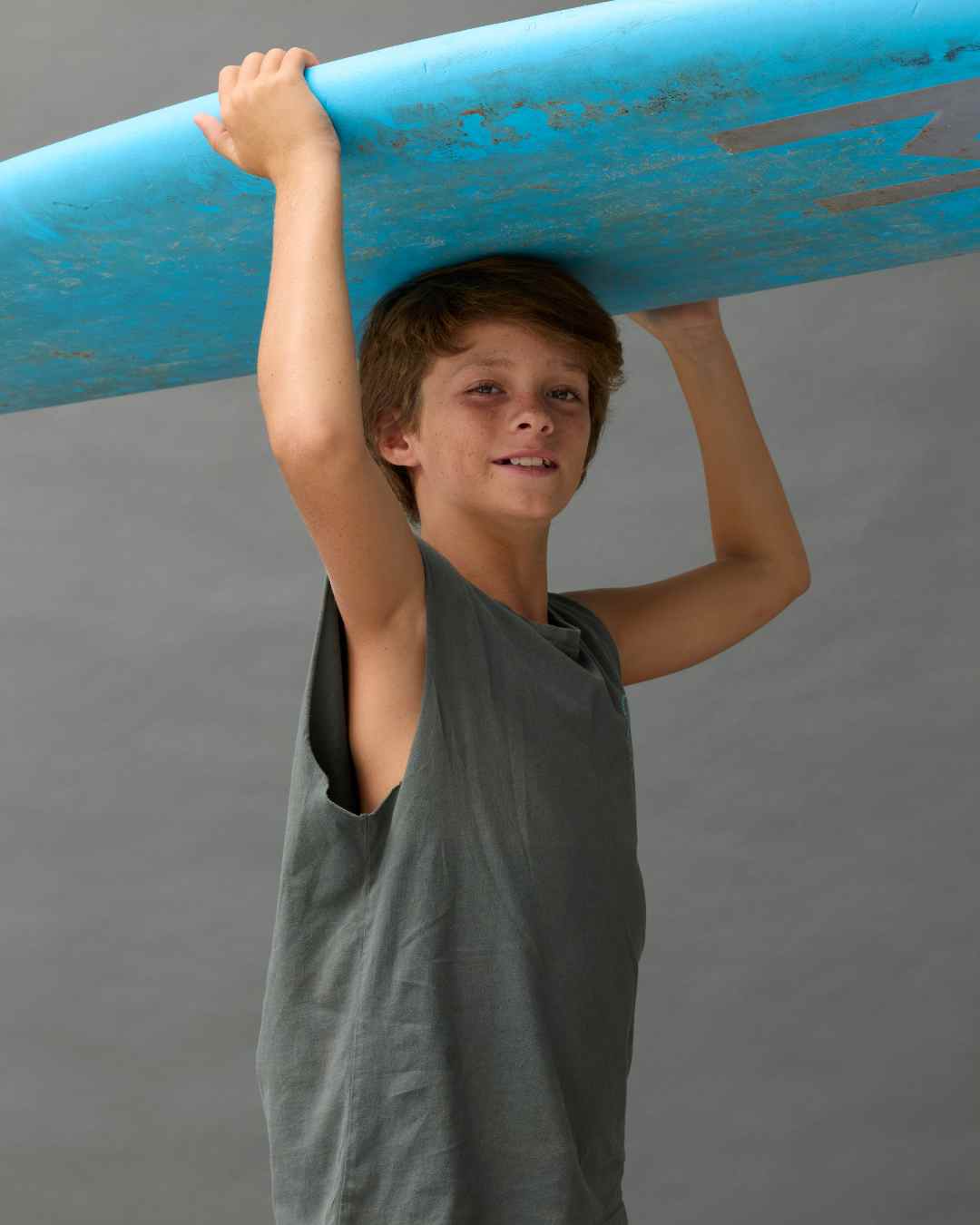
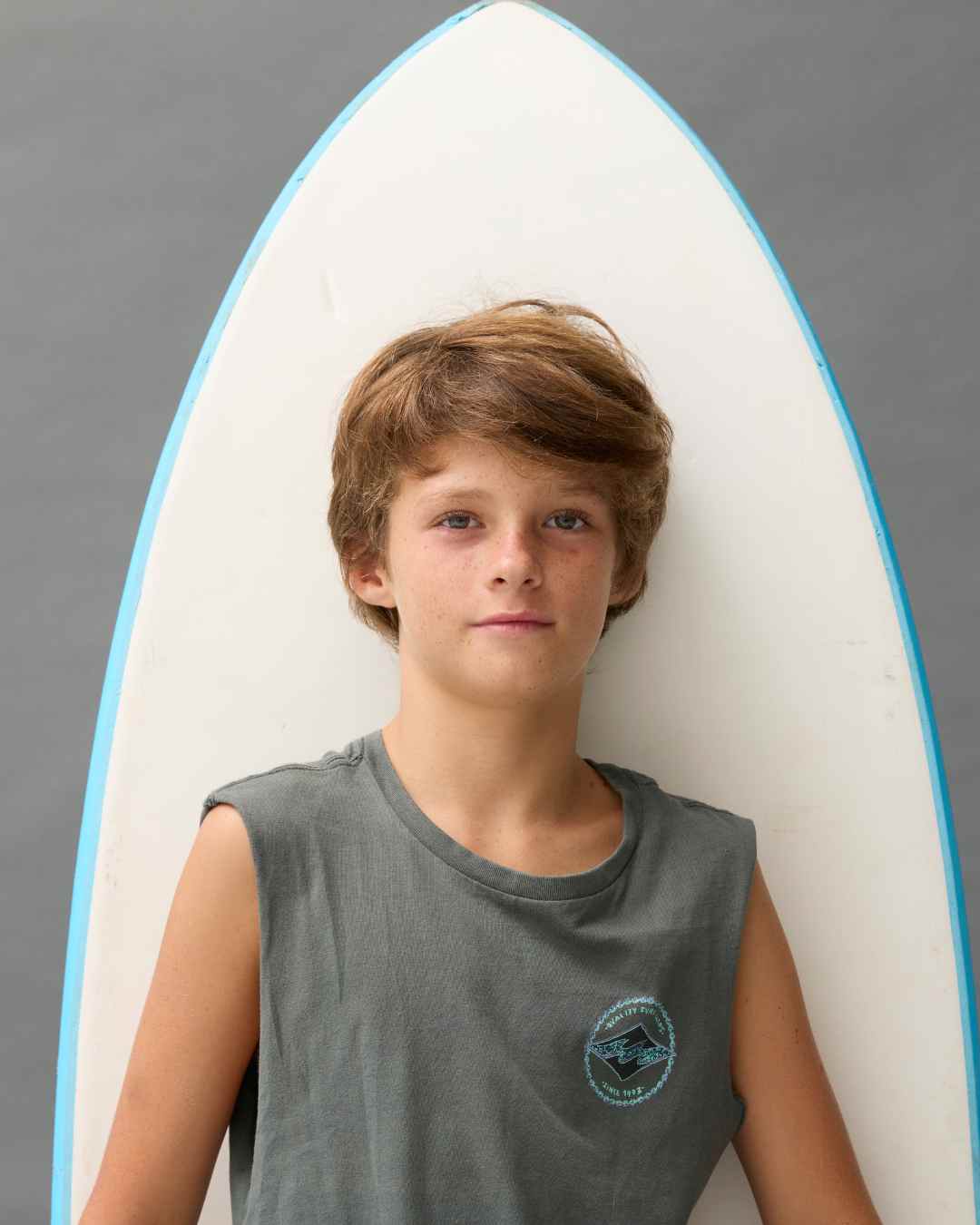
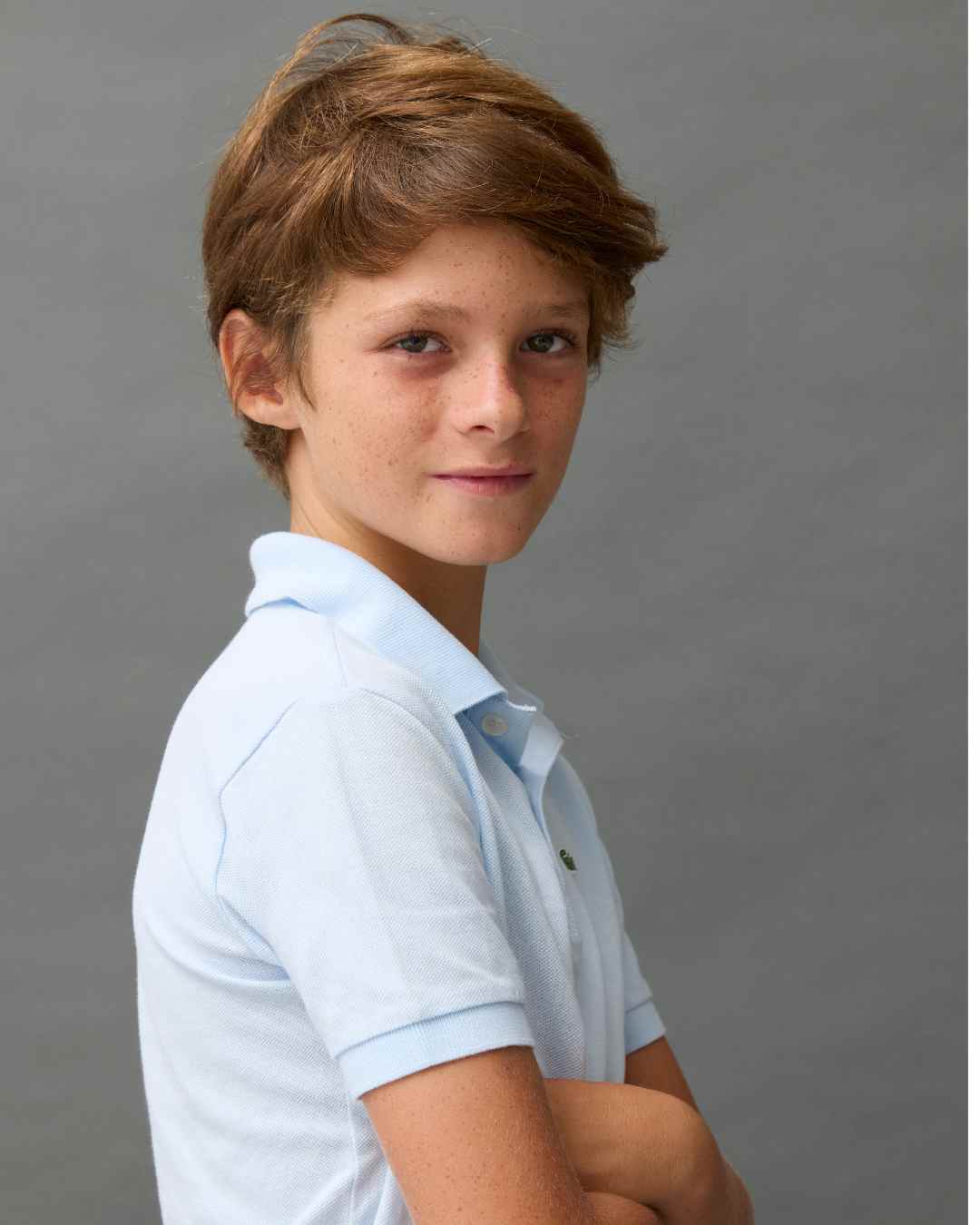
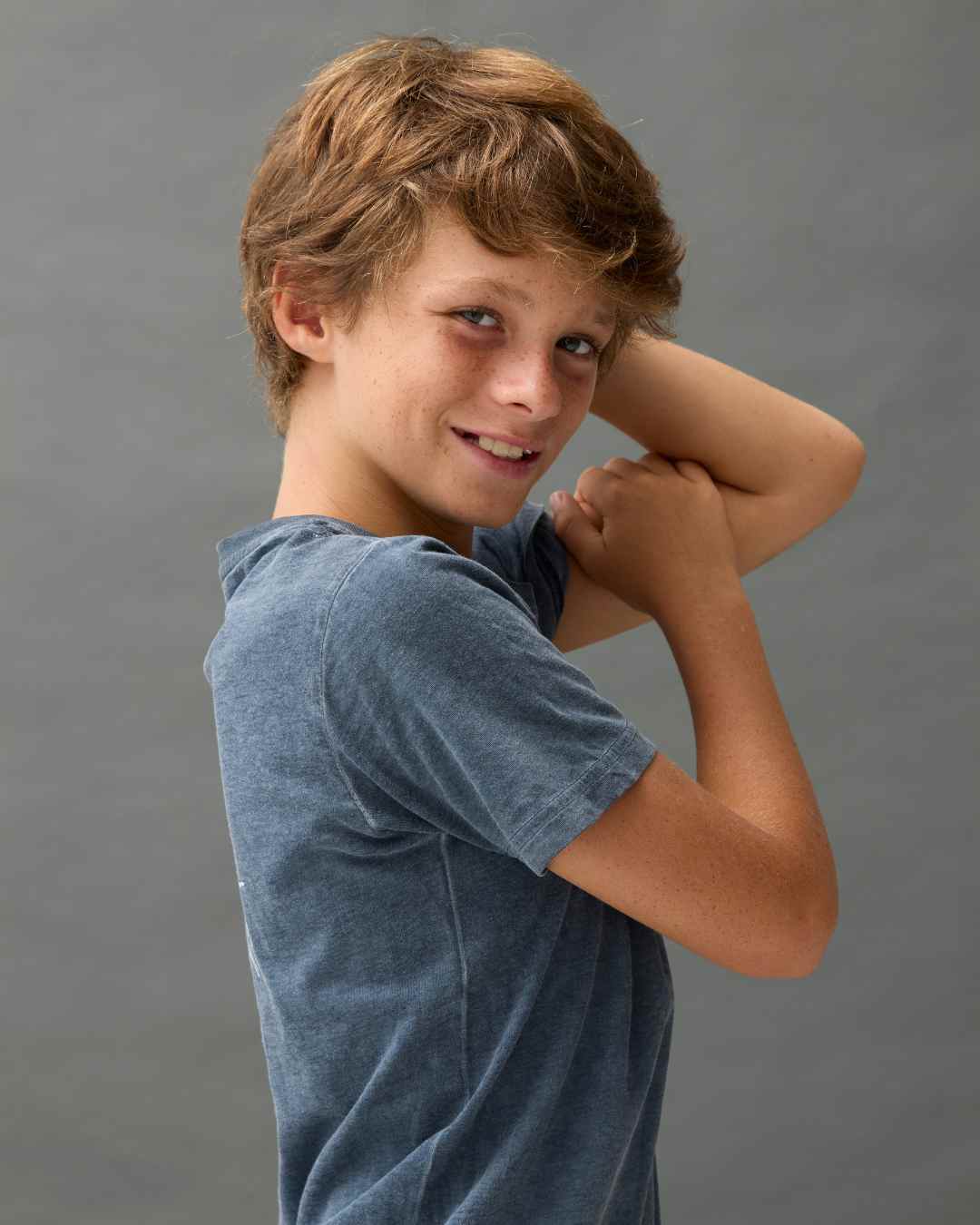
Avoid overly stylised or dark imagery—commercial modelling is about selling comfort and connection.
Combining Both: Do You Need a Hybrid Portfolio?
Many Melbourne models start with a hybrid portfolio, especially when exploring multiple markets. This allows you to:
- Apply for a wider range of gigs.
- Test your strengths in different areas.
- Transition as your brand evolves.
If you’re unsure which direction suits you best, start with 3 editorial looks and 3 commercial ones—then track which ones get more callbacks.
Our Studio’s Approach to Tailored Modelling Portfolios
At our Melbourne studio, we specialise in building versatile modelling portfolios that reflect each model’s goals. Here’s what we offer:
- Creative planning session before every shoot.
- Direction for both editorial-style posing and commercial smiles.
- Wardrobe consultation for both markets.
- Option to shoot on multiple backdrops in a single session.
We guide you every step of the way—from concept to confident click.
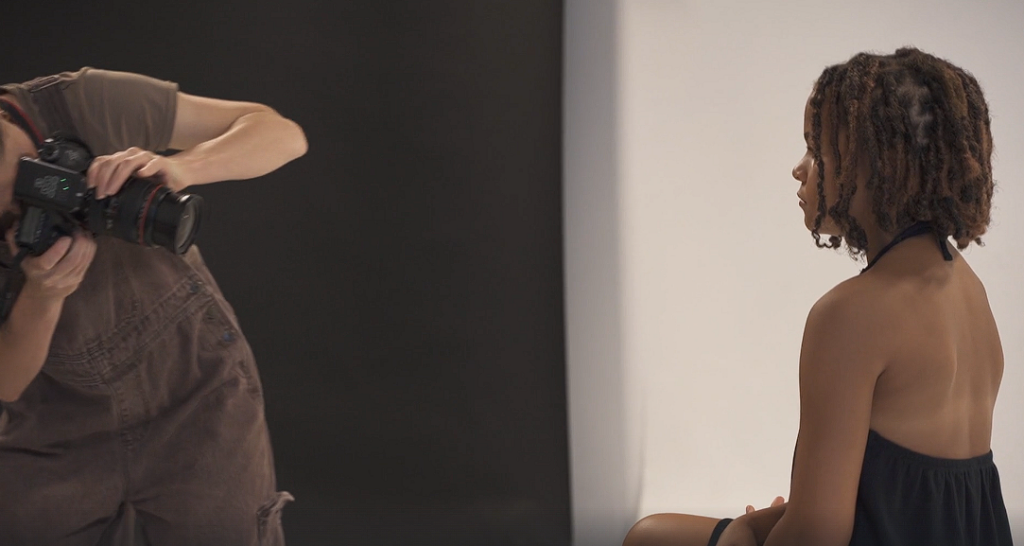
Define Your Path, Then Shoot With Purpose
Knowing the difference between editorial and commercial modelling is more than just a technicality—it’s your career compass. Once you’ve chosen your direction (or decided to blend both), your portfolio becomes your visual resume, attracting the jobs and opportunities that are right for you.
So whether you’re striking a fierce pose or flashing a warm smile, do it with intention—and let your portfolio tell the story you want the world to see.

